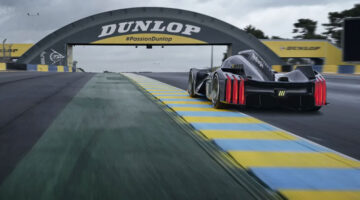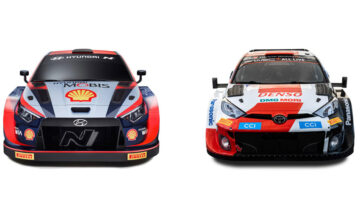It’s the announcement that motor racing fans, and sports car racing enthusiasts in particular, have hardly dared hope for: in a joint press release the FIA and the ACO have confirmed that from 2020 the WEC’s top LMP1 class will be replaced by a formula for hybrid ‘hypercars’, with strong overtones of both the GT1 and also Group C eras.
‘Sleeker prototypes with more marque cachet’ is how the rulemakers are positioning the new formula, adding rather dryly that ‘aerodynamics cannot take precedence over aesthetics’ – a rather pointed critique of the purposeful but hardly attractive LMP1 machines of recent seasons. The release makes a clear connection between the hugely popular world of supercars, hypercars and ‘prestigious GTs’ seen on the road, and what it hopes will be a new generation of ‘tough prototypes’ battling, as it puts it, at ‘Le Mans, Spa, Fuji and Sebring, day and night, rain or shine’.
The current hybrid LMP1 cars have set new standards for performance, efficiency and lap times, but at a terrifying cost that’s proved to be beyond the reach of most privateer teams, and certainly beyond their ability to be competitive. With Porsche withdrawing from the top class, this year’s Le Mans 24 hours features just one works team – Toyota. Clearly, a complete revolution of the rule book was required, with a number of manufacturers involved in discussions over recent months with the governing bodies. With the emergence of so many new ultra high performance cars onto the market, many enthusiasts – and c&p itself – have been lobbying for a racing series that allowed cars like the McLaren P1 and Ferrari La Ferrari to compete head-to-head on the track. That now appears to be a reality.
The class will have aerodynamic downforce and drag heavily restricted to a defined point, removing the incentive to seek gains in the windtunnel, and thereby allowing manufacturers to concentrate on making their cars look good – and recognisable as cars from their brand. The body of the car will be homologated by windtunnel and a 3D scan, and will be set for the season.
The minimum weight will be 980kg, with two seats, a bigger cockpit volume (than an LMP1 car) and a wider windscreen. In other words, they should look like proper cars.




